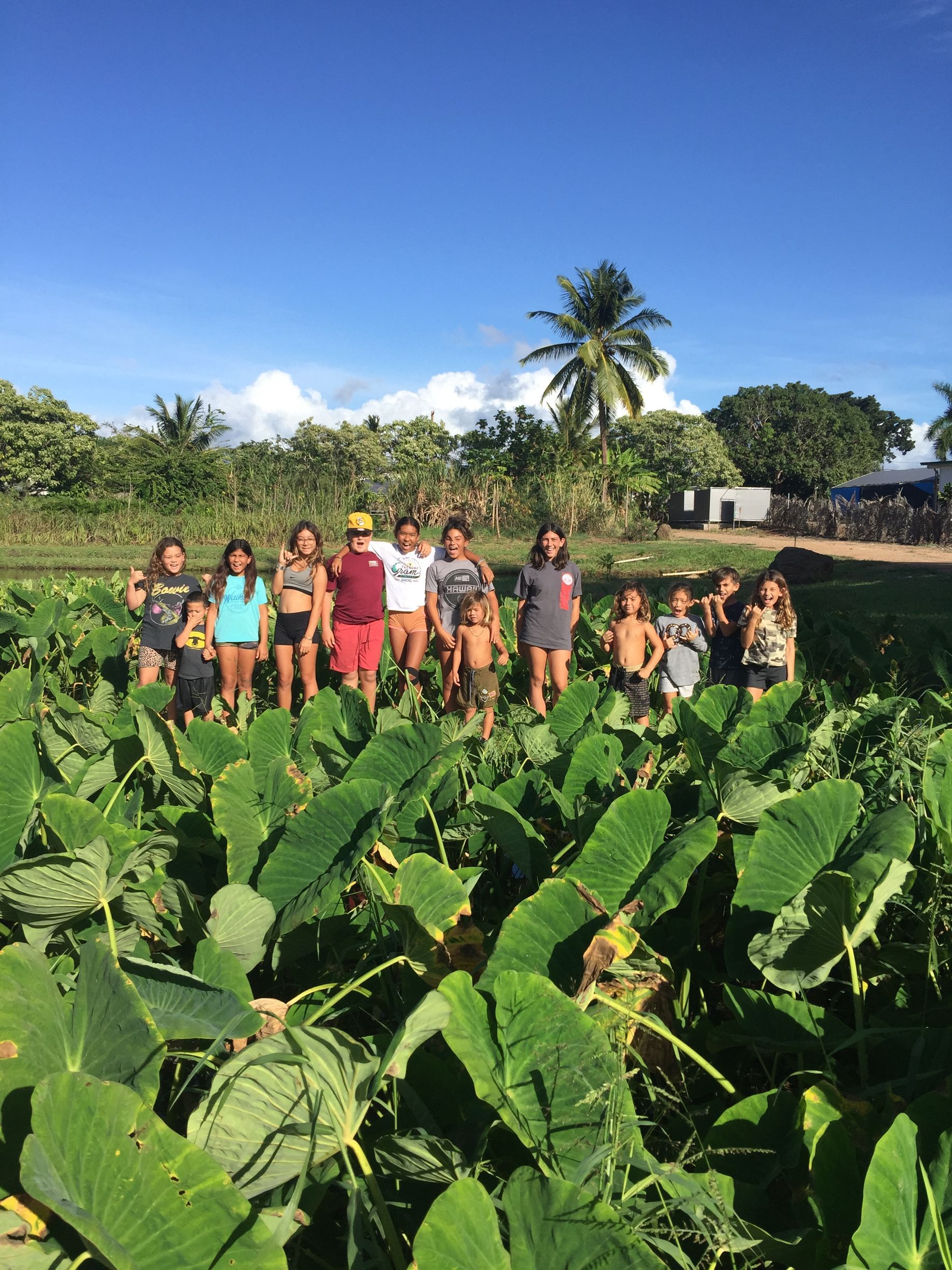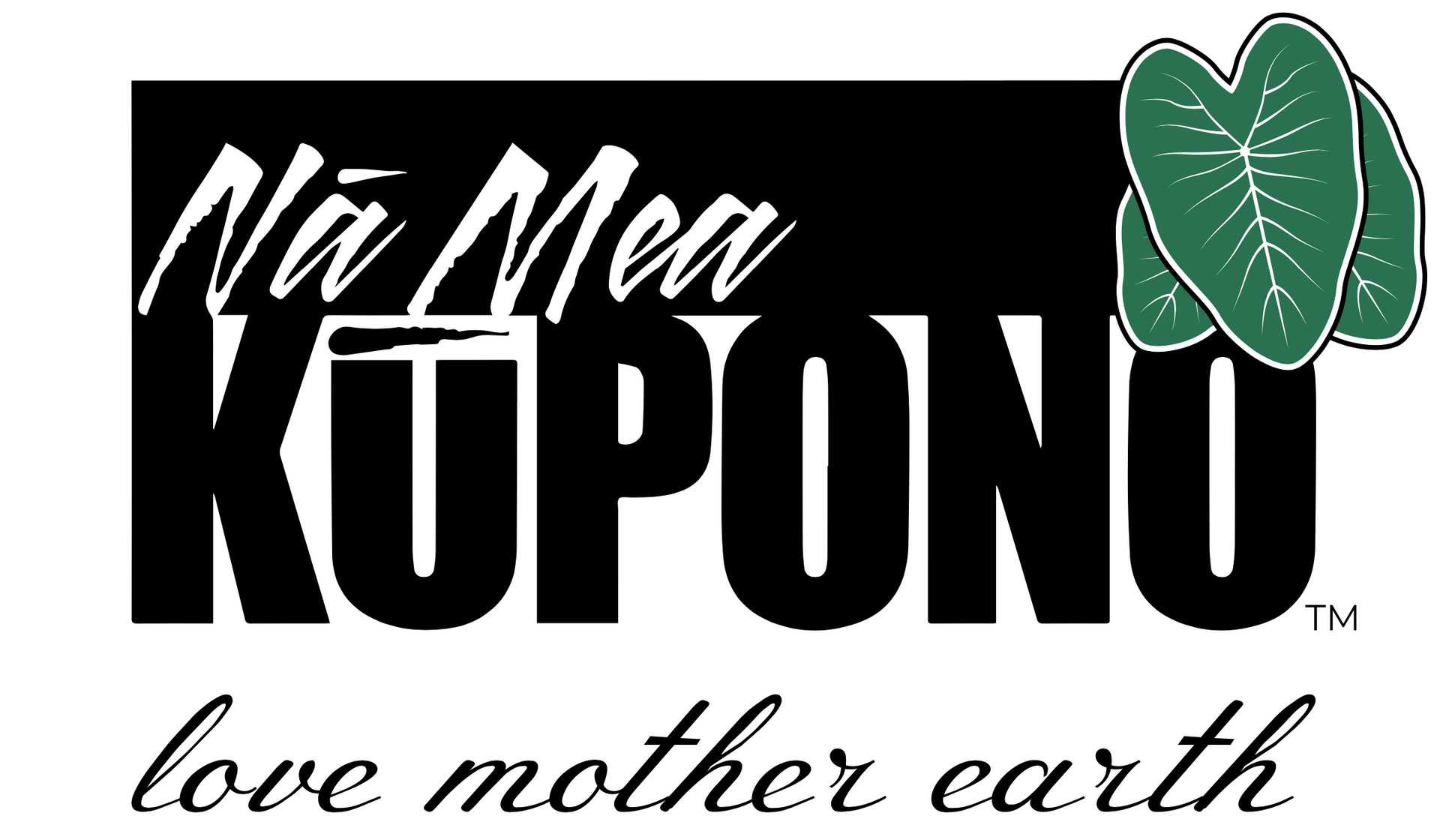Our History
The History of Nā Mea Kūpono
Ku’uipo, Steven, and Babes’ mission is to spread aloha (love) to and kōkua (help as many people as possible, and to experience the beauty of loving the land. When we alu like (work together) to mālama ‘āina (take care of the land) and each other, we all thrive and prosper. Mālama kekahi i kekahi (Care for each other).

The Caretakers
Ku’uipo, Steven, and Babes have been tending to the landscape of Nā Mea Kūpono one lo’i at a time. Every day brings something different whether it’s tours, hosting field trips, weeding, or Natural Farming.
They are eternally grateful to have such a wonderful community of volunteers, including an amazing core group of ongoing volunteers, who have been integral in maintaining the ‘āina so it can flourish.
The Mana of a Name
A lot of thought, care, and responsibility goes into choosing a Hawaiian name because of the mana (power) that lies within the essence of the name. The feeling of rightness is found when the correct name has been chosen. Such was the feeling when the name “Nā Mea Kūpono” was chosen for the organization.
The Hawaiian words, “Nā Mea” means “The things,” and “kūpono” means upright, honest, rightful, natural, excellence, just, and fair. When they came up with the name, Nā Mea Kūpono, they knew it was aligned with their guiding values and dreams for this place.
The Origin Story of Kalo
In the ancient mo’olelo (origin story), Sky Father Wākea and Earth Mother Papahānaumoku gave birth to the land. They also had a daughter named Ho’ohokukalani, who was born of the stars. Wākea had a child with her. Their first child, to their dismay, was stillborn. They named him Hāloanakalaukapalili (long breath, quivering leaf) They buried the baby, and as the mother’s tears watered the grave, the kalo plant began to grow.
They soon had a second child, whom they named Hāloa after his older brother. They used the kalo plant to nourish him. Thus began the relationship of the eldest son, who would nourish his younger brother, and the younger sibling who would care for and re-plant his older brother. They help each other to live. This would be the foundation of the relationship that the Kanaka Maoli (Native Hawaiian) have with this ancestral plant that is revered and loved.
Kalo is a connection to the nourishing life source of the spirit world, a reminder of the Hawaiian origin story, and a testament to the regenerative power of Hawaiian ancestors. It is by looking to the past that we can learn how to cultivate a more beautiful and cooperative future.

